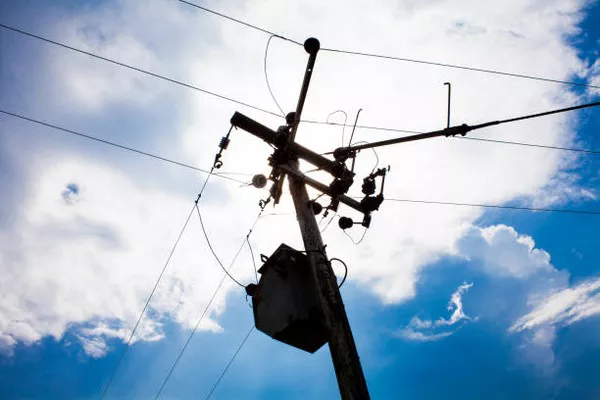Electrical transformers, often inconspicuous but vital components in power distribution systems, play a pivotal role in shaping the modern world. These devices are essential for transmitting electricity efficiently and safely, enabling the seamless functioning of numerous electronic devices and systems. In this article, we delve into the fundamental aspects of electrical transformers, exploring their design, functionality, and diverse applications across various industries.
Understanding Electrical Transformers
An electrical transformer is a static device that transfers electrical energy between two or more circuits through electromagnetic induction. It consists of two coils, known as the primary and secondary windings, linked by a magnetic core. This core, usually made of laminated iron, serves as a conduit for the magnetic flux generated when alternating current (AC) flows through the primary winding. This magnetic flux induces a voltage in the secondary winding, facilitating the transfer of electrical energy.
Efficient Voltage Transformation
One of the primary purposes of electrical transformers is to facilitate the efficient transformation of voltage levels. Transformers can step up or step down the voltage as required by the application. In the case of a step-up transformer, the secondary voltage is higher than the primary voltage, while a step-down transformer results in a lower secondary voltage.
Voltage transformation is crucial for long-distance power transmission. High voltage reduces energy losses during transmission, as power is inversely proportional to the square of the voltage. By stepping up the voltage at the power generation site and stepping it down closer to the consumer, transformers ensure the efficient delivery of electricity over extensive transmission lines.
Power Distribution and Substations
Electrical transformers are integral components in power distribution networks and substations. Substations act as hubs for electricity distribution, where transformers play a pivotal role in managing voltage levels. Step-down transformers reduce the high voltage received from transmission lines to levels suitable for distribution to homes and businesses.
Distribution transformers further reduce voltage for localized use, ensuring that the electricity reaching consumers is safe for household appliances and electronic devices. This intricate network of transformers ensures a reliable and stable power supply to meet the diverse needs of the modern world.
Industrial Applications
The industrial sector heavily relies on electrical transformers for various applications. Large-scale machinery and industrial processes often require specific voltage levels for optimal performance. Transformers allow industries to receive electricity at high voltages, reducing transmission losses and ensuring efficient power utilization.
Moreover, transformers are employed in rectifiers and inverters, converting alternating current to direct current and vice versa. This versatility is essential for industries with complex electrical requirements, such as manufacturing, chemical processing, and telecommunications.
Renewable Energy Integration
As the world shifts towards sustainable energy sources, electrical transformers play a vital role in the integration of renewable energy into the power grid. Solar and wind power generation systems often produce electricity at variable voltage levels. Transformers are employed to match these variable outputs with the standardized voltage levels required for grid connection.
Additionally, transformers facilitate the transmission of power from remote renewable energy sites to urban centers, ensuring that clean energy contributes effectively to the overall energy mix. The adaptability of transformers makes them indispensable in fostering a transition to a more sustainable and environmentally friendly power generation landscape.
Residential and Commercial Applications
In the everyday lives of individuals, electrical transformers have become ubiquitous. In residential and commercial settings, transformers are present in various forms, serving essential functions. Household appliances, from refrigerators to laptops, often require specific voltage levels to operate safely and efficiently. Step-down transformers embedded in electronic devices ensure that the supplied voltage is suitable for their operation.
Furthermore, the power adapters commonly used to charge smartphones and laptops contain transformers that convert the household AC voltage to the lower DC voltage required by these devices. The compact size and efficiency of these transformers contribute to the convenience of modern living.
See Also When To Replace Silica Gel In Transformer
Conclusion
In conclusion, electrical transformers are indispensable components of the modern power infrastructure, playing a pivotal role in the efficient generation, transmission, and distribution of electricity. Their ability to transform voltage levels with precision ensures that electrical energy meets the diverse needs of industries, households, and the growing demand for renewable energy sources.
As technology continues to evolve, the importance of electrical transformers in shaping the future of power distribution becomes increasingly evident. Their adaptability and efficiency make them a linchpin in the ongoing quest for a sustainable and reliable energy landscape, reinforcing their status as silent but indispensable contributors to the advancement of society.

